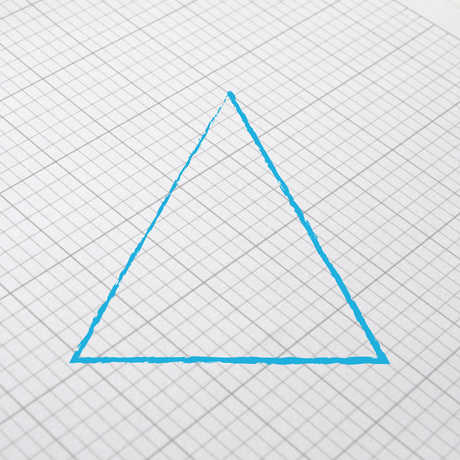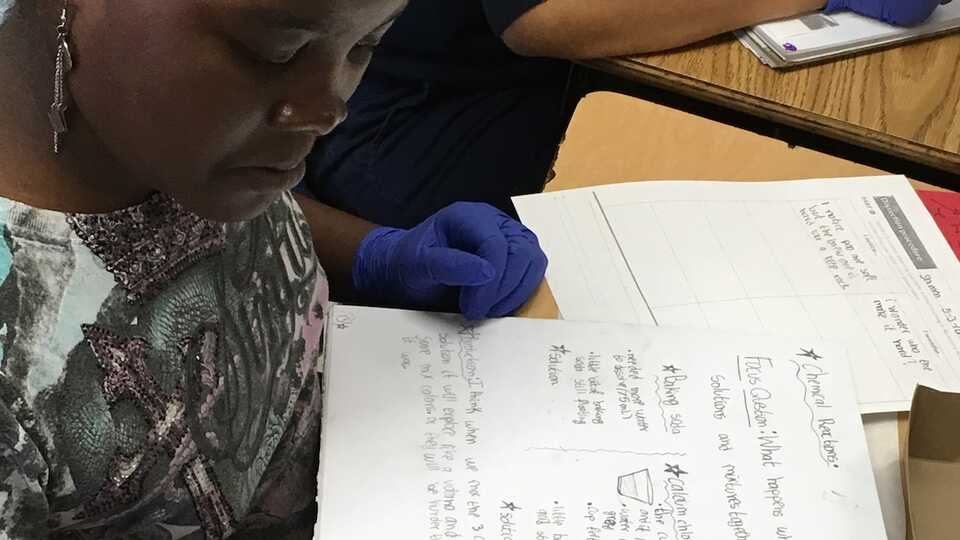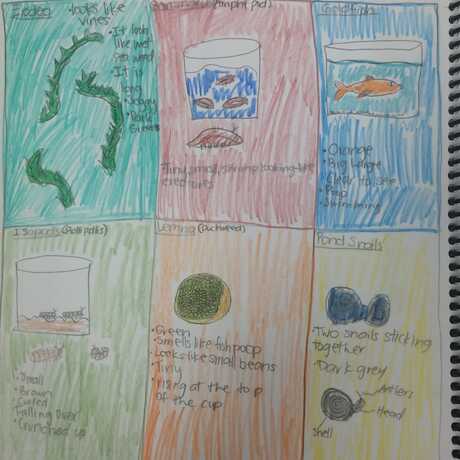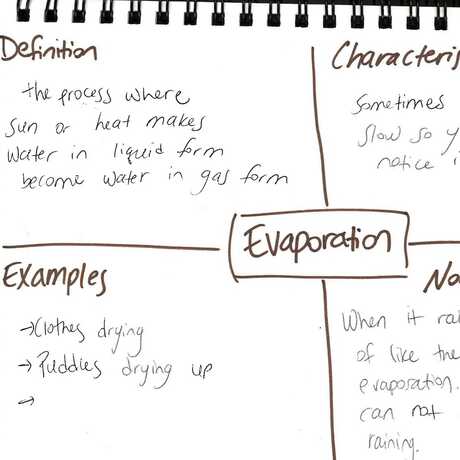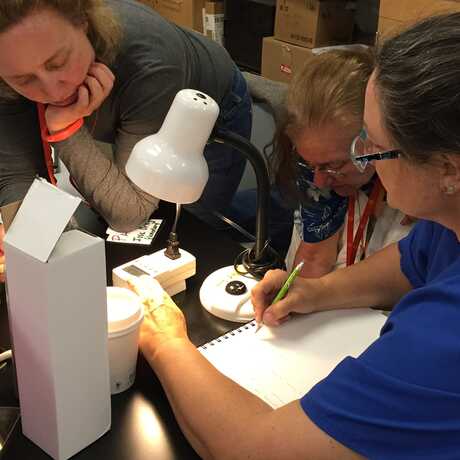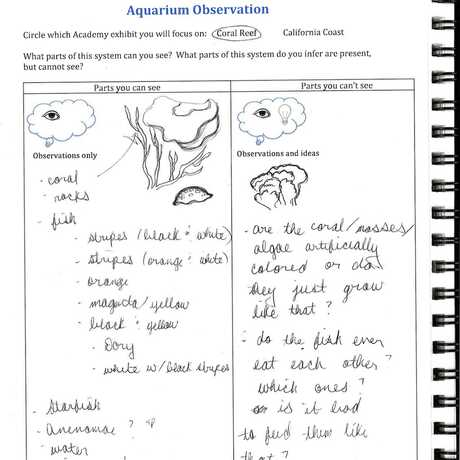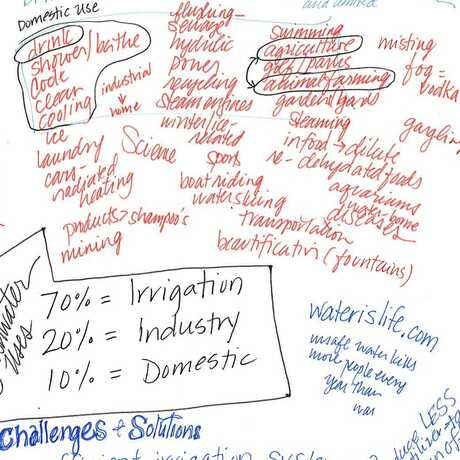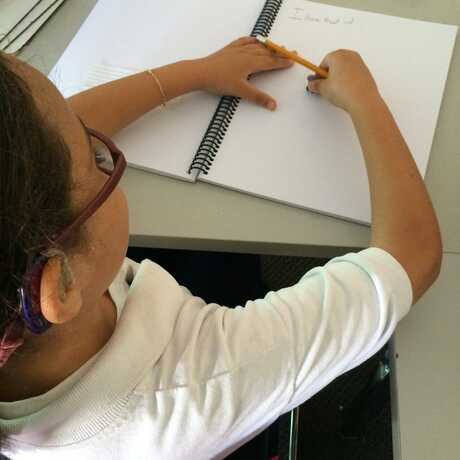Ben taught a continuing education unit about electricity. He wanted the students to engage in a relevant experience before he introduced them to any conceptual terms. In fact, he wanted to create a situation where students would want or even need to learn the terms “voltage,” “current,” “power,” and “energy” in order to explain something they were seeing.
Ben handed out multi-meters to the students and said simply, “This is a multi-meter. It can tell you some things about your household appliances and the energy they use. You just plug it into the appliance and press some buttons.” He introduced only one piece of procedural vocabulary – “multi-meter.” He did not explain all the units and values the tool would report, such as volts, amps, watts, and joules. He knew that those terms would be meaningless to students at this point in the unit.
After two sessions of exploring appliances with the multi-meters and noticing patterns, students were dying to know: What do volts, amps and watts mean? They had a context for these words now, and knowing their meanings would further the students’ understanding of the experiment. Ben seized this “need-to-know” moment, and used both a table and an analogy to introduce students to the interrelated terms.
